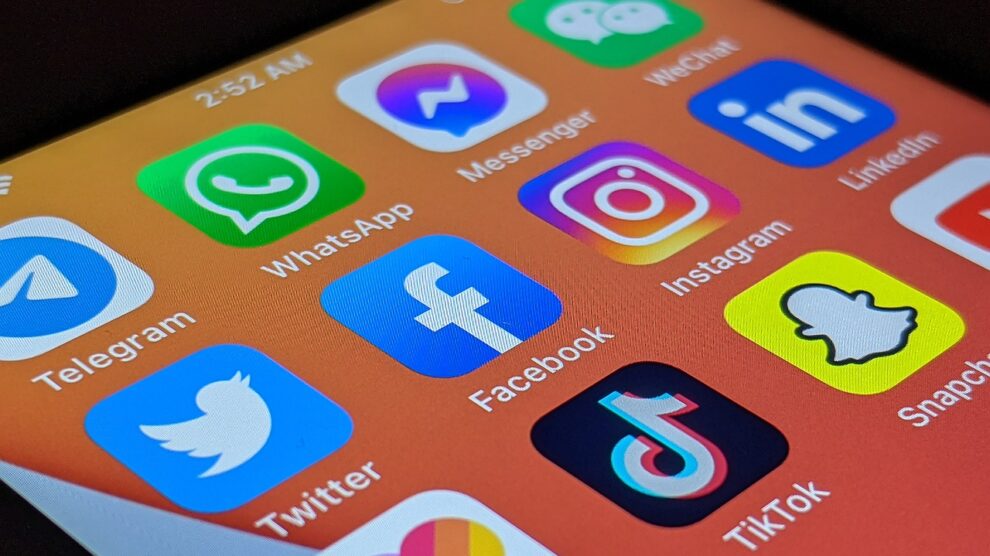Ah, social media – the true be-all, end-all of the digital advertising scope. Never before have brands been able to reach their targets in such a streamlined fashion.
But, as many of you may have started to realize, not all applications are created equally. More specifically, not all apps will help you achieve the same results with your audience.
That’s because each social media platform is created uniquely with its own specific purpose. What works for one site is going to be inherently different than others.
Facebook:
Of all social media platforms, Facebook is the absolute must have. This holds true no matter who your target audience is.
With over 1.9 billion monthly users, it’s almost guaranteed that your audience is active. Not only does it bring in more monthly users than any other channel, it also provides the most advertising opportunities.
Facebook Ads allow you to reach more of a targeted audience than any other platform. That’s because Facebook pulls in data from user preferences and its own data-driven algorithms.
The only downside to Facebook advertising is the amount of competition. With so many others utilizing its ad services, the price-per-click (PPC) cost can be high.
Twitter:
The beauty of Twitter is easy to understand. It’s fun. It’s direct. It’s advertising that doesn’t feel like advertising.
But, all of this comes at quite the cost. The average per click cost is well over a dollar.
Another disadvantage to Twitter is that your organic tweets have a short life. That’s because tweets are categorized chronologically. After some time, they’re doomed to get lost in the sea of new incoming tweets.
With all of that said, Twitter can be a highly effective tool for interacting with an audience. Of all social media platforms, Twitter is certainly the most conversational.
This works out in your favor because it’s your best shot to get people talking. Twitter is commonly used among users when discussing brands.
Other social platforms are less efficient in this manner. That’s why Twitter is the most popular app for users who wish to express a grievance or share a positive experience. Twitter allows you to create ads for the following: sponsored followers and tweets, increased engagement, app installations, and website visits.
Instagram:
What makes Instagram unique is quite obvious – it’s a picture sharing platform.
One of the major benefits of advertising through Instagram is its partnership with Facebook. You’re able to create and publish posts to and from Facebook, and vice versa.
One thing to consider is the app’s demographic. Sure, Instagram isn’t hurting in monthly users, (which is now 700 million, by the way).
But, you’ll want to keep in mind that 90% of its users are under the age of 30. So, if your target audience doesn’t fall into that niche, Insta-ads may not be worth the while.
Compared to the other social media platforms, Instagram lets you be the most creative. That’s because you’re sharing images, which we all know speak a thousand words.
You can use these images to increase local awareness or clicks to your website, and also promote app installations or video views.
Snapchat:
Advertising through Snapchat has truly become monumental. Brands are able to reach their audience through location-based services, such as Geotags.
Also, Snap ‘stories’ are the perfect avenue for building excitement for a brand. It gives consumers a look behind the curtain and also boasts a world of opportunity.
Some brands use Snapchat stories to create games for users to play (and win real prizes). For instance, you could create a scavenger hunt for your user to follow.
Like Instagram, you want to keep in mind that Snapchat users are usually Millennials. if this isn’t your target demographic, it may be best to skip this platform.
LinkedIn:
LinkedIn comes in as one of the more popular advertising opportunities for businesses. That’s because it targets professionals within selected industries.
LinkedIn’s user preference and data-mining system hand picks your audience. But, it does come at the steep price of over $5 per click.
Don’t let this figure scare you though. That investment can go a long way as LinkedIn has one of the highest visibility and purchase rates.
LinkedIn allows you to publish sponsored content, as well as text ads for website traffic. One other downside to LinkedIn is that its users are industry professionals. If this doesn’t really meet your niche, it can be hard to target around that.
But, if you are looking to reach within certain industries, LinkedIn provides that opportunity.
Final Thoughts:
One of the best approaches to social media advertising can be found in a very unexpected outlet. America’s diner, Denny’s, has a very worthwhile take on how their advertising varies between platforms:
“If a social platform was a person, what would he look like sitting at one of their tables? How would he interact? Who would he be engaging with?”
Once you determine how your audience uses each social channel, the rest should fall into place.





